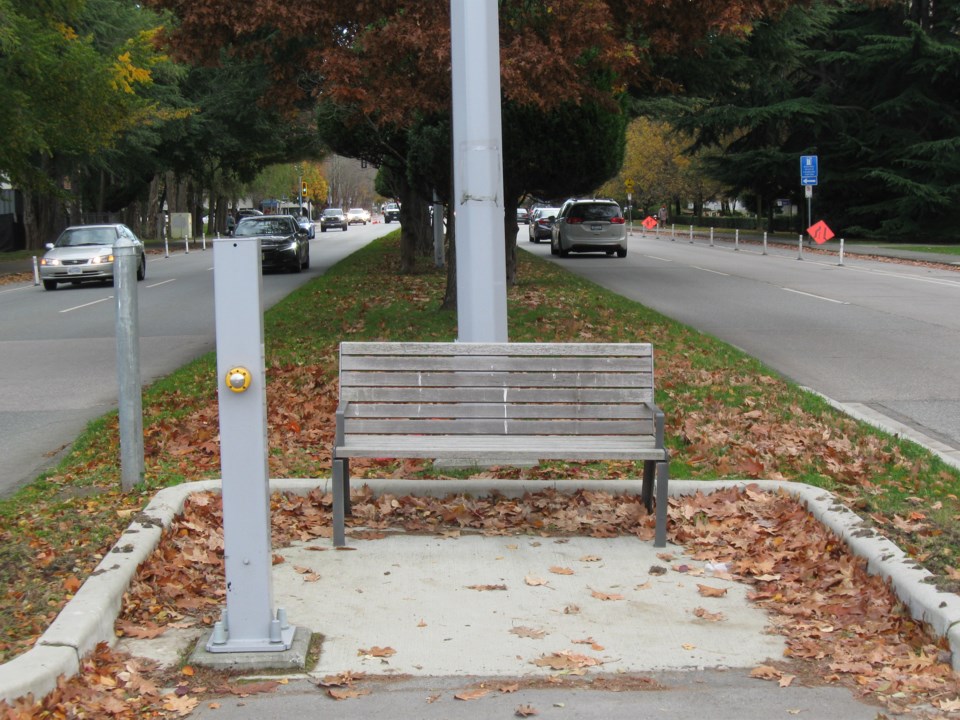The bench is likely to be the humans’ earliest type of seat. Let’s imagine our cave-dwelling ancestors, exhausted and looking for somewhere to rest their aching back or weary legs. Soon they would have discovered that a raised mound of earth or rock ledge did the trick, and so they lowered themselves down on what is the forerunner of that article we call the bench – a long seat, with or without a back.
But it’s not just a humble item of furniture. The bench has served many a purpose over the centuries, as we can tell from the meanings and uses of the word, which have ranged from the highest to the lowest – from elevated legal office holders to disreputable charlatans.
Historically, bench described the raised area where a judge sat and wrote when he presided in court. Eventually, in the legal profession, the bench came to refer to the office of the judge, in the same way that the bar is associated with lawyers, who originally stood on one side of a bar separating them from the public in the courtroom.
The concept of the bench signifying the place where a judge worked derives from the Italian term “banca,” which referred to the table at which merchants and bankers conducted their business. If their business failed, the “banca” or table was declared broken, “rotta” in Italian, the source of the English word bankrupt. Similarly, the table of a carpenter or mechanic is called a workbench.
Another word combining the concepts of bench and “banca” is mountebank, used in times past to describe a quack who’d appear at fairs and markets, standing on a bench, shouting to the crowds to advertise his miraculous healing potions.
The building trade devised the term benchmark, which were marks chiselled in stone as a point of reference for surveyors to assist in levelling. In the 1980s, Robert Camp developed the concept of competitive benchmarking to measure a business’s performance against that of rival industries.
Nowadays we most often see benches outdoors, in parks, along roads and at bus stops. Have you ever paid attention to the way benches are placed? Years ago I noticed that Italy and Germany often assigned benches very different roles. In Germany (and Austria and Switzerland), benches along roads just outside small towns and villages tended to be turned facing the countryside, to let anyone sitting there feast their eyes on the view, finding peace, even spirituality, through the contemplation of nature. In Italy, the benches would be turned the other way, facing the road, because meeting and greeting friends satisfied the deep-seated need of the Italian for social contact. Landscape was important, yes, but a far stronger yearning of the Italian soul was to see other people, to chat a while.
There are plenty of benches in Richmond. Who decides where to place them? Their location is an important matter. It can have an effect on whoever sits there – what they’ll see will lead their thoughts. Think about it!
Sabine Eiche is a local writer and art historian with a PhD from Princeton University. She is passionately involved in preserving the environment and protecting nature. Her columns deal with a broad range of topics and often include the history (etymology) of words in order to shed extra light on the subject.



